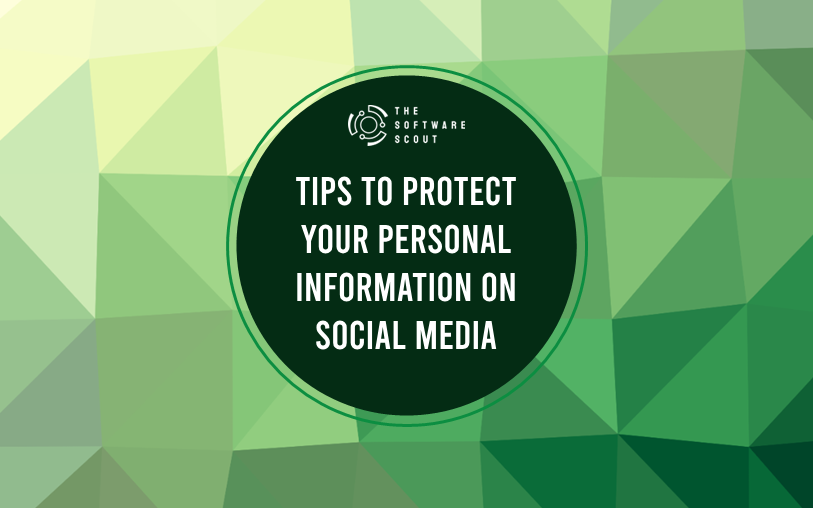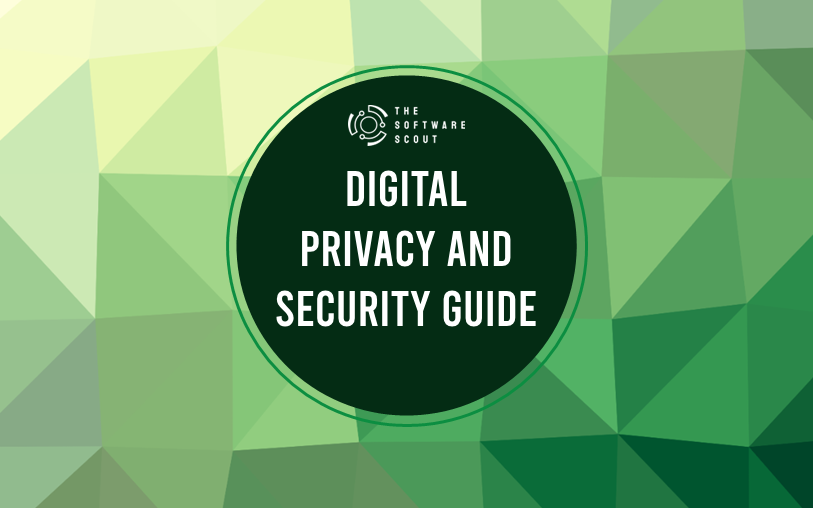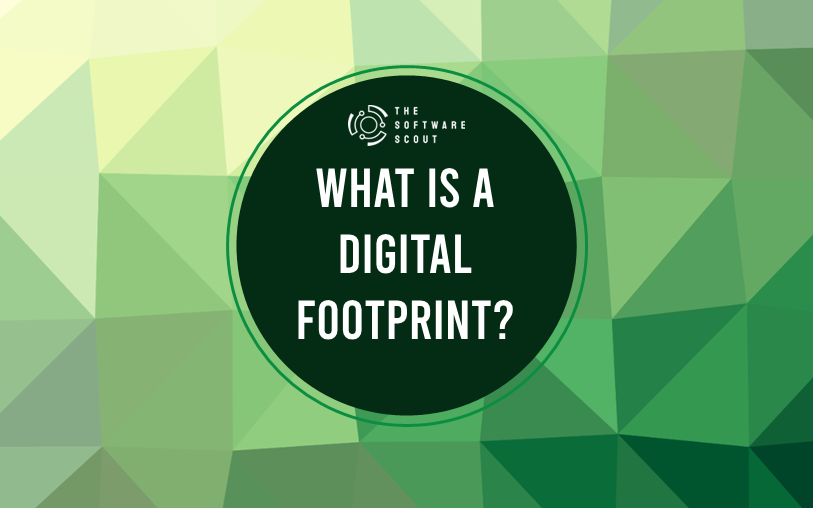Social media has transformed the way we communicate, share, and connect. It’s an incredible tool for staying in touch with friends, following news, or building a personal brand. But with this accessibility comes a huge responsibility: protecting your personal information. In today’s online world, data breaches and identity theft are very real threats.
If you’re not careful, the information you share on your social media accounts could end up in the wrong hands.
Let’s get into the core strategies to help you protect your personal information on social media without sacrificing your online presence.

1. Understand Your Privacy Settings
Social media platforms constantly update their privacy settings, and it’s crucial to stay informed. Make sure you thoroughly check and customize your privacy controls for each platform.
Most platforms, including Facebook, Instagram, and Twitter, offer settings that allow you to control who sees your content:
- Friends only: This limits your posts and profile visibility to people you’ve accepted as friends or followers.
- Custom lists: Some platforms allow you to create specific groups (like “family” or “coworkers”) that get different levels of access.
- Blocking and muting: If someone is bothering you or you don’t want them to view your content, make use of block and mute functions.
To secure your privacy:
- Regularly review your settings.
- Only share personal updates with close friends or private groups.
- Avoid the default public settings that expose your information to everyone.
Related: how to keep your family safe online
2. Limit the Information You Share
One of the easiest ways to protect your personal information is simply not sharing too much. It’s tempting to post photos of your latest vacation, tag your location, or announce big life events, but oversharing can make you vulnerable.
Here’s why: hackers, stalkers, and even companies can piece together seemingly harmless data—like your birthday, your school, and the city you live in—to access more sensitive information. Even sharing your real-time location can make you a target for theft or harassment.
Some info you should avoid sharing:
- Birthdate: Especially if you also share your full name or place of birth.
- Home address: This seems obvious, but many people post photos where their location can be easily identified.
- Personal details of family or friends: Sharing their info without permission is not only invasive but could also expose them to risks.
3. Use Strong, Unique Passwords
Your social media accounts are only as secure as your passwords. Yet, many people still use weak, easily guessable passwords like “password123” or reuse the same password across multiple accounts.
Creating strong, unique passwords for every social platform you use is essential for protecting your accounts from unauthorized access. Use a combination of letters, numbers, and special characters, and make sure the password is long enough to resist common brute-force attacks.
Pro Tip: Use a password manager. This will not only generate complex passwords but will also store them securely, so you don’t need to remember every password for every site.
Tips for strong passwords:
- At least 12 characters long
- Avoid common words or easy-to-guess patterns (like “qwerty” or “123456”)
- Include a mix of uppercase and lowercase letters, numbers, and symbols
4. Enable Two-Factor Authentication (2FA)
Two-factor authentication adds an extra layer of security to your accounts. Even if someone manages to get hold of your password, they won’t be able to log in without the second verification step—usually a code sent to your phone or email.
Here’s how 2FA works:
- You log in using your password.
- The platform sends a unique code to your phone or email.
- You enter that code to complete the login.
Many major platforms like Facebook, Instagram, and Twitter support two-factor authentication, and it’s wise to enable this feature wherever possible.
Benefits of Two-Factor Authentication:
- Prevents unauthorized logins even if your password is compromised.
- Adds an extra barrier for hackers targeting your account.
- Simple and effective: Most 2FA methods are quick and easy, often involving just a text message or authenticator app.
Also read: Top 10 Free Software Tools to Boost Your Home Office Productivity
5. Be Cautious with Third-Party Apps
Many social media platforms allow you to connect your account to third-party apps or services. While it’s convenient to sign in to a website using your Facebook or Google account, it’s also a potential security risk. Some apps may request more access to your data than they need, and not all of them have strong security measures in place.
Whenever you authorize a third-party app, you’re giving it permission to access certain parts of your profile. That means the more apps you connect, the more places your personal information is stored.
How to stay safe:
- Review permissions: Only grant access to apps you trust, and double-check what information they’re requesting.
- Revoke unnecessary access: Regularly audit and remove apps that you no longer use or trust.
- Stick to official apps: Download third-party apps only from reputable sources like the App Store or Google Play.
6. Be Mindful of Phishing Scams
Phishing is a tactic where scammers attempt to trick you into giving up personal information like your passwords, credit card numbers, or other sensitive data. On social media, phishing can come in many forms—suspicious messages, fake login pages, or even posts that seem to come from friends but are actually from compromised accounts.
What to look out for:
- Suspicious links: Never click on a link from an unknown source.
- Fake login requests: Be cautious if you’re asked to log in to your account through a link in an email or message. Always log in directly from the platform’s website.
- Unsolicited DMs: If someone sends you a message asking for personal information, even if it looks like a friend, verify before responding.
7. Regularly Monitor Your Accounts
Social media privacy is not a one-and-done task. Even with strict privacy settings, it’s important to regularly monitor your accounts for suspicious activity.
Some signs that your account may have been compromised:
- Unfamiliar login locations: Most platforms allow you to view a log of recent logins. If you see an unfamiliar device or location, act fast.
- Unauthorized posts: If there are posts or messages you didn’t write, someone may have access to your account.
- Unusual friend or follow requests: Hackers often use fake accounts to gather information or spread phishing links.
If you notice any of these red flags, change your password immediately and review your security settings.
8. Review Your Friends and Followers Regularly
It’s easy to accumulate hundreds, if not thousands, of friends and followers over time. But not everyone on your friends list should have access to your personal information. In fact, many security risks come from the people you’ve added to your social media circles. Fake accounts, inactive profiles, or people you no longer know personally can pose a threat if they’re exposed to sensitive content on your account.
Every so often, go through your friends and followers list and clean house. Ask yourself:
- Do I know this person personally?
- Do I trust them with my personal updates and photos?
- Are they still active, or is this an abandoned account?
It’s also worth keeping an eye out for duplicate friend requests, as they can indicate that someone is impersonating your friend or follower.
Tips for a regular review:
- Unfriend or unfollow accounts that seem suspicious or inactive.
- Use the “restricted” list on platforms like Facebook for acquaintances who you don’t want to have full access to your posts.
- If someone you know creates a second account, always verify its legitimacy before accepting friend requests.
9. Beware of Social Engineering Tactics
Social engineering is a psychological manipulation tactic where scammers use human interaction to gain your trust and trick you into sharing personal information. On social media, this can look like a seemingly innocent conversation that escalates into a request for sensitive data, or someone pretending to be in need of help to gain your sympathy.
These attacks can come in many forms, such as:
- Impersonation: Scammers may impersonate a friend or family member, asking for money or sensitive information.
- Fake accounts: Some fraudsters create fake profiles that look legitimate, with profile pictures, posts, and friends, to trick you into sharing information.
- “Can I ask you a favor?” messages: Scammers often use vague, friendly messages to open a conversation, then push for more personal details.
How to protect yourself from social engineering:
- Be skeptical of unsolicited requests: Even if a message seems friendly or comes from someone you know, confirm their identity via another channel before sharing any information.
- Don’t share personal info in DMs: Avoid discussing sensitive details like passwords, financial information, or addresses via social media messages.
- Check for red flags: Look for signs of manipulation, like urgency or emotional pressure.
By staying alert to these tactics, you can better protect your private information from falling into the wrong hands.
10. Disable Location Services on Social Media Apps
Location tracking is a powerful feature on many social media platforms, but it can also expose your personal information in ways you might not expect. Sharing your location in real-time—or even retrospectively tagging where you’ve been—can be dangerous. Criminals and bad actors can use this information to pinpoint where you are or where you live, increasing your risk of theft, stalking, or other safety issues.
Most social media platforms have location services enabled by default, allowing them to automatically tag your location in posts or photos. Disabling this feature is a simple yet effective way to protect yourself.
Steps to disable location tracking:
- Turn off location services for social media apps in your phone’s settings.
- Avoid tagging your current location in posts and photos.
- If you do share location data, wait until you’re no longer in that place.
Disabling location services won’t affect your ability to enjoy social media but will significantly reduce the risk of exposing your whereabouts to the wrong people. If you need to share a location with friends or family, do so privately via direct messages instead of public posts.
Conclusion: Stay Informed and Stay Safe
Protecting your personal information on social media requires vigilance, but the payoff is worth it. By customizing your privacy settings, using strong passwords, enabling two-factor authentication, and staying cautious of phishing attempts, you’ll drastically reduce the chances of falling victim to data breaches or identity theft.
Remember, social media is designed to share information, but you’re in control of how much is shared and with whom. Keep these essential tips in mind to safeguard your privacy while enjoying the benefits of social platforms. Stay proactive, stay informed, and keep your personal information safe from prying eyes.
Boyd Hudson is a technology writer at The Software Scout with over 15 years of experience in technology roles across the Asia-Pacific region. He covers a wide range of tech topics, from software solutions to emerging industry trends

